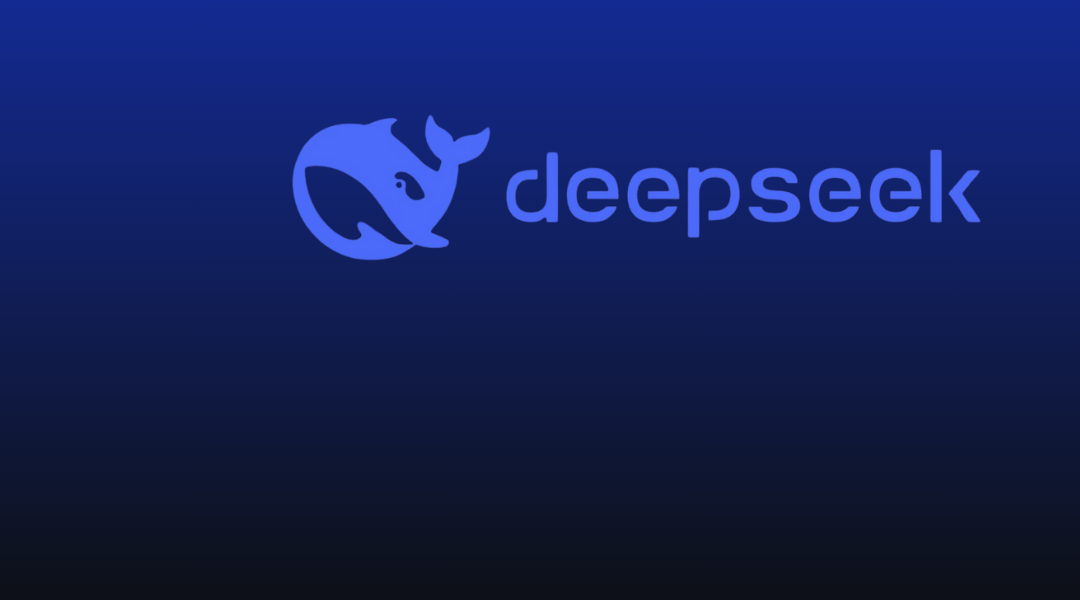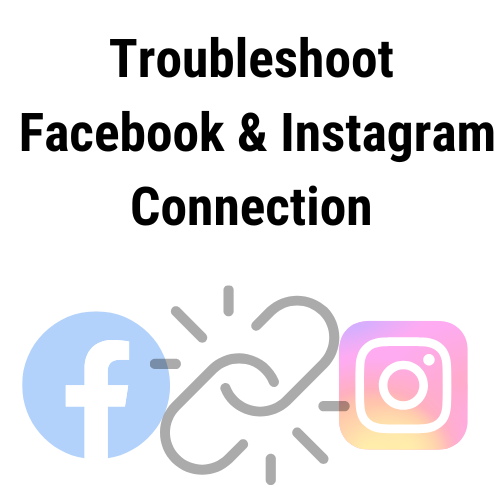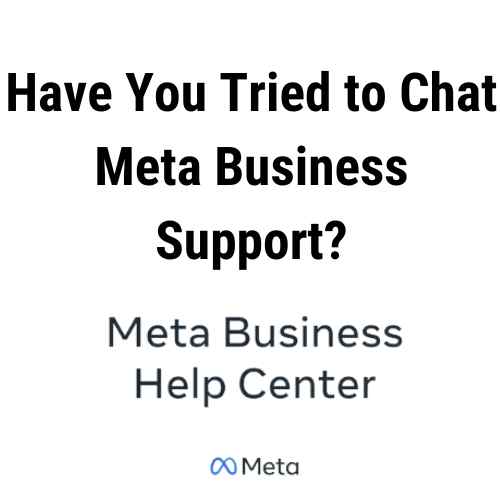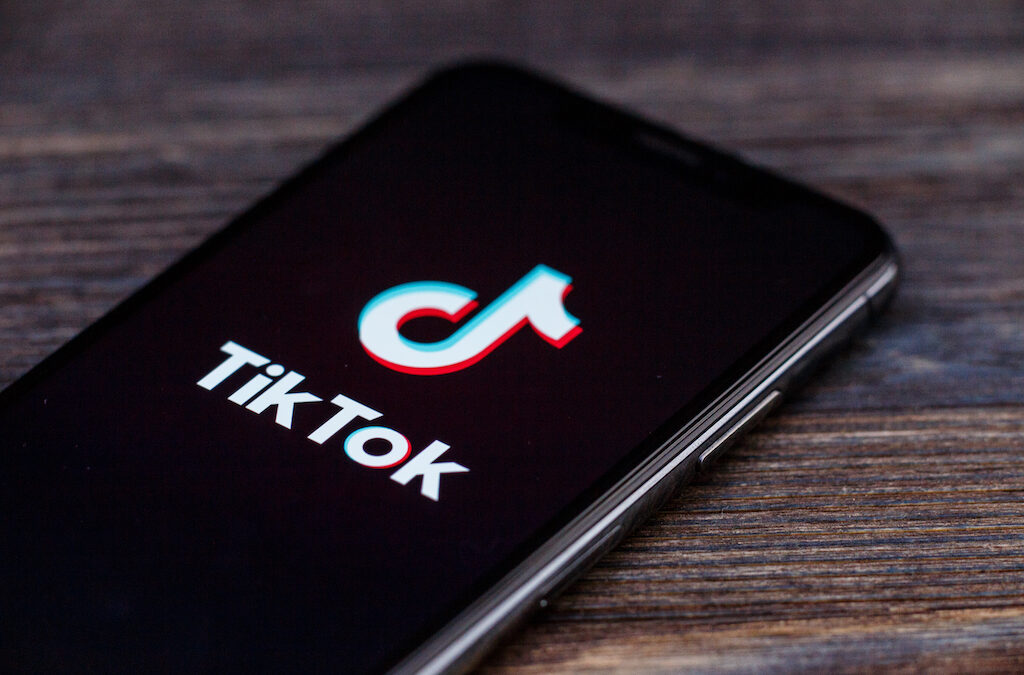
Diving Deep into DeepSeek: The AI Model Making Waves
Reading Time: 3 minutesDiving Deep into DeepSeek: The AI Model Making Waves
The world of Artificial Intelligence is constantly evolving, with new models and breakthroughs emerging at an increasing pace. One making significant waves recently is DeepSeek. But what is DeepSeek, and why is it garnering so much attention? Let’s take a look.
DeepSeek is a large language model (LLM) developed by DeepSeek AI. Like others, it’s trained on a massive dataset of text and code, enabling it to perform a variety of tasks, including:
- Text Generation: Writing creative content like essays and scripts to drafting professional emails and articles, DeepSeek can generate human-quality text.
- Code Generation: DeepSeek can write code in various programming languages, assisting developers in automating tasks and building applications more efficiently.
- Question Answering: By understanding the nuances of language, DeepSeek can answer complex questions with detailed and informative responses by breaking down problems into smaller steps using a “Chain of Thought” method. As it processes its responses, DeepSeek-R1 can adjust answers in real time and experience “aha” moments while solving tricky problems.
- Translation: DeepSeek can translate text between multiple languages with impressive accuracy.
- Summarization: Condensing lengthy articles or documents into concise summaries, saving users valuable time.
What sets DeepSeek apart?
While the functionalities listed above are shared by many LLMs, DeepSeek is differentiates itself due to a few key factors:
- Performance: Early reports and benchmarks suggest that DeepSeek performs competitively, and in some cases surpasses, existing models in various tasks. This improved performance stems from advancements in its architecture and training methodologies.
- Focus on Code: DeepSeek seems to have a strength in code generation and understanding, making it a potentially powerful tool for software developers.
- Open Source and Accessibility: DeepSeek AI has made some of their models and tools open source, which encourages & supports community development and accelerates innovation in the field.
- Lower Cost Development: While other AI models have spent hundreds of millions to develop their product, DeepSeek was reportedly built with a budget of only $6 million, making DeepSeek appealing to Businesses, Startups and Developers seeking affordable AI Solutions.
Potential Applications and Impact:
The potential applications of DeepSeek are vast and span across various industries:
- Software Development: Automating code generation, debugging, and testing can significantly improve developer productivity.
- Content Creation: Generating marketing copy, writing articles, and even creating personalized stories become more efficient.
- Customer Service: AI-powered chatbots can provide instant and accurate support to customers.
- Education: Personalized tutoring and automated essay grading can revolutionize the learning experience.
- Research: Analyzing large datasets and generating hypotheses can accelerate scientific discovery.
Challenges and Considerations:
Like any powerful technology, DeepSeek also presents some challenges:
- Bias: AI Models are trained on vast amounts of data, which can contain biases. It’s crucial to address these biases to ensure fairness and prevent discriminatory outcomes.
- Misinformation: The ability to generate realistic text & images can be misused to spread misinformation or create fake news.
- Ethical Concerns: Increasing capabilities of AI raise ethical questions about job displacement, intellectual property, and the responsible use of these technologies.
- Geopolitical Concerns: The release of DeepSeek-R1 has sparked discussion about its potential to democratize access to AI. Analyst are viewing DeepSeek as a demonstration of China’s advancements in AI, achieving competitive results at a fraction of the resources..
The Future of DeepSeek & Other AI Models:
DeepSeek represents an exciting step forward in the evolution of AI. As research continues and these models become more sophisticated, we can expect to see even more impressive applications and transformative impacts across the board. The open-source nature of some DeepSeek models also promises a vibrant community contributing to its development.
It’s important to stay informed about the progress in this field and engage in discussions about the ethical implications of these powerful AI tools. DeepSeek, and other AI models like it, are not just technological advancements; they are shaping the future of how we interact with information and technology itself.














Recent Comments